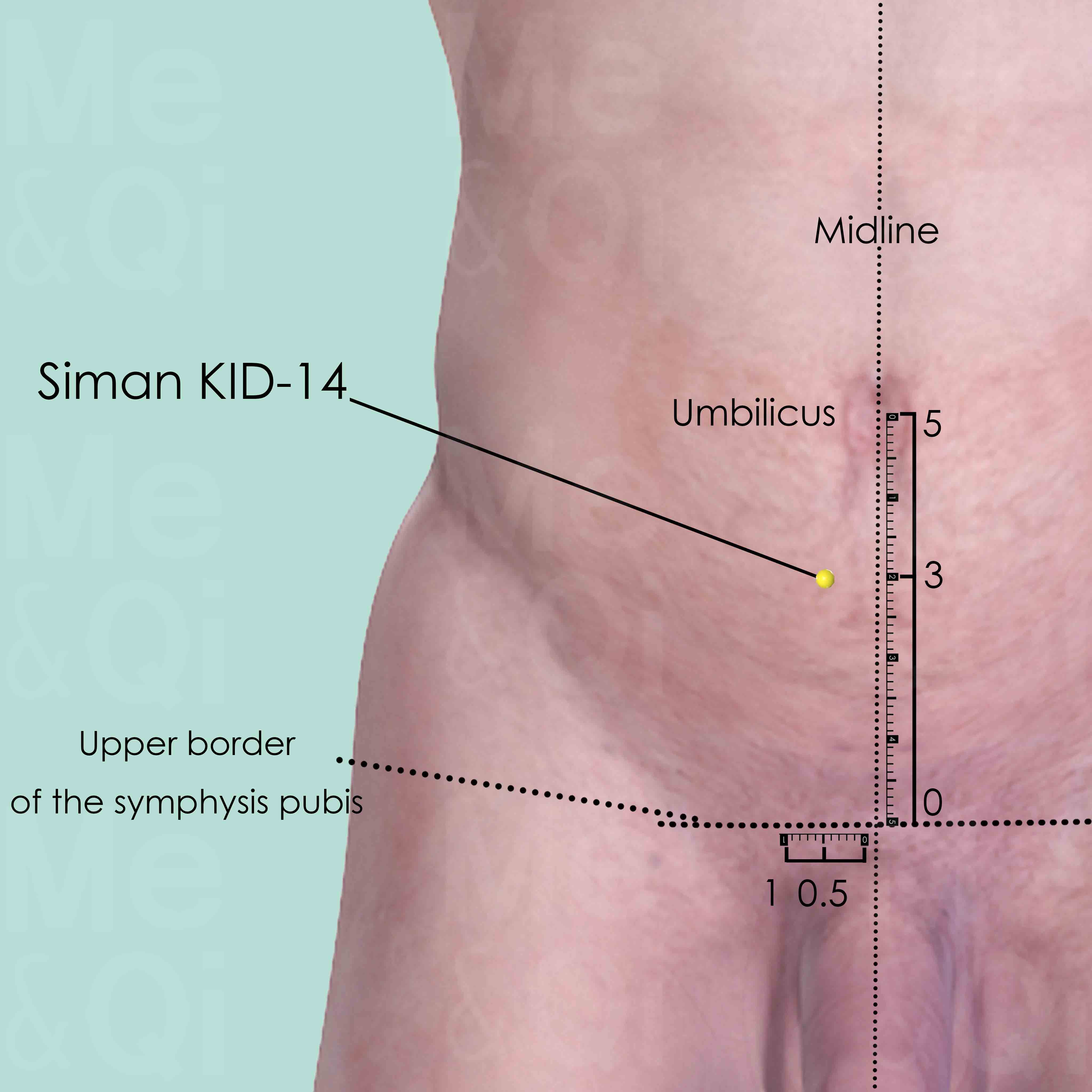Endometriosisaccording to TCM
Symptom family: Gynecological Conditions
Did you mean? Endometritis
What is Endometritis?
Endometritis is an inflammatory condition of the endometrium, the inner lining of the uterus, typically caused by an infection. It can manifest through symptoms such as abnormal uterine bleeding, pelvic pain, fever, and in some cases, unusual vaginal discharge.
The condition often arises post-delivery or following procedures like a dilation and curettage, making it a significant concern for reproductive health. Recognizing and treating endometritis promptly is crucial to prevent further complications, such as fertility issues or chronic pain.
How does TCM view Endometritis?
In Traditional Chinese Medicine, understanding endometritis requires identifying the patient's specific "pattern" of disharmony. A pattern in TCM is a comprehensive diagnostic framework that considers the interplay of physical symptoms, emotional state, and environmental factors.
This approach is pivotal because it guides the customization of treatment. TCM posits that effective healing is not just about addressing the symptoms but about correcting the underlying pattern of imbalance, ensuring the treatment is tailored to the individual's unique condition.
Causes of Endometritis According to TCM
In the framework of TCM, endometritis is often linked to specific imbalances, notably Spleen and Liver Blood Deficiency and the obstruction of the Spleen by Dampness coupled with Liver Qi Stagnation. These conditions highlight the intricate relationship between the Spleen's role in transforming and transporting nutrients and the Liver's responsibility for the smooth flow of Qi and Blood throughout the body. When these functions are impaired, it can lead to the stagnation and accumulation of dampness and heat, creating an environment conducive to inflammation and infection, as seen in endometritis.
TCM Herbal Formulas for Endometriosis
To counteract the patterns leading to endometritis, TCM practitioners may prescribe formulas that invigorate Blood and dispel Blood Stagnation. One such formula is Dang Gui Shao Yao San, which prominently features White Peony Roots (Bai Shao).
This herb, known for its bitter, sour, and neutral properties, is particularly effective in addressing Spleen and Liver Blood Deficiency and mitigating Obstruction Of the Spleen By Dampness with Liver Qi Stagnation. By employing such targeted treatments, TCM aims to rectify the underlying imbalances, thereby alleviating the symptoms and causes of endometritis from a holistic standpoint.
Explore below some TCM herbal formulas used to address endometriosis, organized by formula type.
- By Formula Type
- Formulas that invigorate blood and dispel blood stagnation
- Formulas that warm the middle and dispel cold
Formulas that invigorate Blood and dispel Blood Stagnation
Endometriosis can be treated by these formulas if it arises from poor blood circulation or stagnation of blood, which often manifests in pain or swelling.
One such formula is Di Dang Tang, with leech as a key herb.
Other formulas of this category are listed in the table below.
All "formulas that invigorate blood and dispel blood stagnation" recommended for endometriosis
Formulas that warm the middle and dispel Cold
Endometriosis can be treated by these formulas when it is due to cold in the middle jiao (digestive region), necessitating warming and cold-dispelling actions.
One such formula is Huang Qi Jian Zhong Tang, with milkvetch root as a key herb.
Acupoints for Endometriosis
See more details below about Siman KID-14, an acupoint used to address endometriosis.
- By Meridian
- Kidney Channel
TCM Herbs for Endometriosis
Explore below some TCM herbs used to address endometriosis, organized by herb category.
- By Herb Category
- Herbs that invigorate the blood
- Tonic herbs for qi deficiency
- Warm/Acrid herbs that release the exterior
- Herbs that drain dampness
- Herbs that warm the interior and/or expel cold
Herbs that invigorate the Blood
Endometriosis can be treated by these herbs when it stems from stagnation or poor circulation of blood, helping to improve blood flow and alleviate related discomfort.
One such herb is Leeches (Shui Zhi), a key herb in some formulas recommended for endometriosis, like Di Dang Tang.
Other herbs of this category are listed in the table below.
"Herbs that invigorate the Blood" recommended for endometriosis
| Herb | Formulas they belong to (if applicable) |
|---|---|
| Leeches (Shui Zhi) | Di Dang Tang |
| Tabanus Horseflies (Meng Chong) | Di Dang Tang |
Tonic herbs for Qi Deficiency
Endometriosis can be treated by these herbs when stemming from a lack of vital energy or Qi, helping to boost energy and overall vitality.
One such herb is Milkvetch Roots (Huang Qi), a key herb in some formulas recommended for endometriosis, like Huang Qi Jian Zhong Tang.
Other herbs of this category are listed in the table below.
"Tonic herbs for Qi Deficiency" recommended for endometriosis
| Herb | Formulas they belong to (if applicable) |
|---|---|
| Milkvetch Roots (Huang Qi) | Huang Qi Jian Zhong Tang |
| Maltose (Yi Tang) | Huang Qi Jian Zhong Tang |
Warm/Acrid herbs that release the Exterior
Endometriosis can be treated by these herbs when there is a need to dispel external cold and warm the body, especially in cases where there is insufficient Yang energy internally.
One such herb is Cinnamon Twigs (Gui Zhi), a key herb in some formulas recommended for endometriosis, like Gui Zhi Fu Ling Wan.
Herbs that drain Dampness
Endometriosis can be treated by these herbs when caused by excessive dampness in the body, aiding in eliminating damp through diuretic action.
One such herb is Poria-Cocos Mushrooms (Fu Ling), a key herb in some formulas recommended for endometriosis, like Gui Zhi Fu Ling Wan.
Herbs that warm the Interior and/or expel Cold
Endometriosis can be treated by these herbs if it is due to internal coldness or deficient Yang energy, working to warm the body and dispel cold.
One such herb is Evodia Fruits (Wu Zhu Yu), a key herb in some formulas recommended for endometriosis, like Wen Jing Tang.

